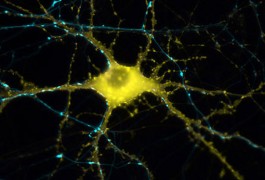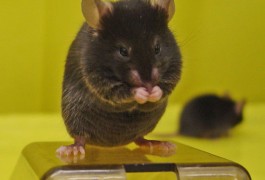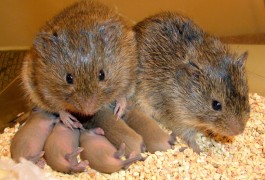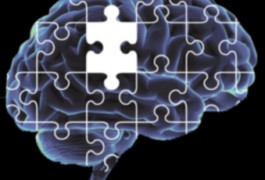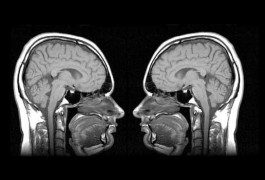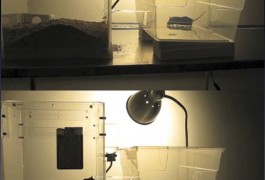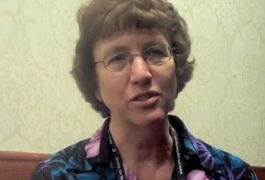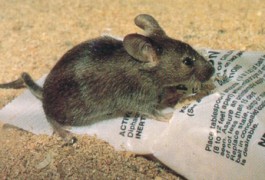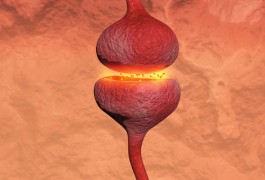Rett gene needed to stabilize synaptic strength
Blocking the expression of the MeCP2 gene decreases the number of synapses, the junctions between neurons. It also prevents synapses from scaling up their activity to make up for the loss, according to unpublished data shown yesterday at the Society for Neuroscience annual meeting in San Diego.
